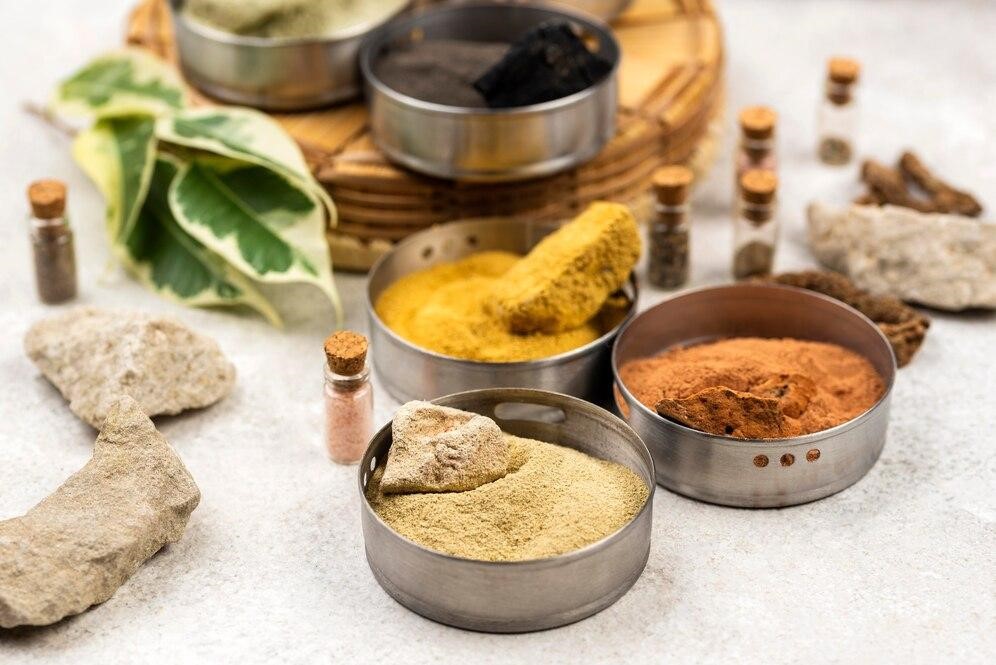Introduction
You ever open a bottle of herbal oil or unwrap a homeopathy remedy and wonder—how did this get here? Not just physically, but safely, cleanly, and consistently? That quiet confidence you feel in a product—that’s often GMP at work, quietly keeping things in check.
Let’s pull back the curtain and talk about why GMP certification isn’t just a box to tick—it’s the spine of trust for manufacturers like you.
What’s GMP, Really?
GMP stands for Good Manufacturing Practices, but don’t let the name fool you. It’s not some feel-good philosophy. It’s a strict, regulated, globally respected way of saying: we care enough to do it right, every time. It covers everything from how raw materials are handled, to how your staff clocks in, to how your storage rooms are cleaned.
Think of it like this: if your manufacturing facility were a kitchen, GMP wouldn’t just ask if your fridge is working. It’d ask when you last calibrated your thermometer, whether your staff washed their hands, and if you kept a log of it all.
Why It Hits Different in Traditional Medicine
For traditional and homeopathic manufacturers, GMP isn’t just about ticking off a government checklist. It’s about cultural legacy. You’re not just bottling an extract—you’re preserving centuries of practice. And here’s the kicker: people trust tradition, but they still expect modern-day safety.
Whether it’s a Siddha tonic or a Unani powder, customers don’t want contaminants, inconsistent strength, or mislabeled ingredients. They want clean, effective, reliable products. GMP certificate helps you deliver that—not by changing your formula, but by protecting its integrity.
What Inspectors Actually Want to See
Let’s clear up a common myth: they’re not looking to fail you. What they are looking for is control. Do you know where your raw materials came from? Can you trace batch 302 of that Tulsi tincture back to a verified supplier? Are your mixing tanks clean, calibrated, and correctly labeled?
GMP auditors are like investigative journalists—they dig deep. They’ll ask for training records, equipment logs, pest control schedules, and even question who approved the last maintenance check. Not because they’re nosy, but because your system should work even if you’re not in the room.
The Top Tripwires (And How to Dodge Them)
Let’s be real—most GMP mistakes are boring. Missing batch records. Poor ventilation. Labeled containers filled with mystery liquids. But these tiny things can unravel your operation fast.
One underrated culprit? Inconsistent documentation. One day your operator writes “Neem leaf paste,” next day it’s “neem slurry.” That might seem harmless—until a regulator can’t match your records with your labels. Consistency is king. So is clarity.
And don’t forget cleaning logs. If you cleaned a tank but didn’t write it down, as far as GMP is concerned—it never happened.
The Certification Process: It’s Not Glamorous, But It Works
There’s no shortcut here. Getting certified takes time and grit. You’ll need to conduct a gap analysis, fill those gaps (often with sweat and spreadsheets), then host a formal inspection. Some get it on the first try. Others don’t. That’s okay.
Certification is not a badge—it’s a process. A rhythm. Like yoga, but for your facility. You don’t get better by posing once. You get better by practicing, adjusting, and staying honest about where you’re weak.
Records, Logs, and That One Pen Everyone Hides
Yes, documentation is tedious. Yes, it sometimes feels like bureaucracy. But it’s also your legal shield. If something goes wrong, your records will show whether it was a one-off or a systemic flaw.
Keep logs for everything: temperature, cleaning, pest control, training, maintenance. Don’t let them pile up in someone’s drawer. Make them part of the process. And remember—write like someone else has to understand it a year from now.
What “Clean” Actually Means in GMP
In regular life, clean might mean “looks fine.” In GMP? It means validated. Monitored. Controlled. Air quality matters. So does water. So does that speck of dust no one noticed until the inspector pulled out a flashlight.
Clean rooms must follow controlled airflow patterns. Staff need gowns, masks, gloves—and they need to know why they’re wearing them. GMP doesn’t assume. It checks.
Audits Aren’t Fun—But They’re Necessary
Nobody throws a party when they hear “audit.” But think of audits as maintenance for your credibility. External auditors aren’t there to sink your ship. They’re there to see if your ship’s actually seaworthy.
Internal audits help too. Set a schedule. Rotate who does them. Get fresh eyes. You’d be surprised what you stop seeing when you’ve looked at the same log sheet for six months straight.
GMP = Trust. And Trust Pays Off
You don’t need to slap “GMP Certified” in neon letters on your product. Consumers can feel it. Distributors can sense it. Regulatory bodies appreciate it. GMP doesn’t shout—it whispers confidence.
Whether you’re targeting the export market or serving domestic demand, GMP makes your product competitive. It removes doubt. It says: We didn’t just make this product. We made it well.
Your Grandma Would Care About GMP—Even if She Doesn’t Know It
She might not know the term “cross-contamination,” but she sure wouldn’t want your cough syrup made next to rat poison. GMP protects the spirit of traditional healing with the rigor of modern safety standards. And that’s something everyone can get behind.
Staying Certified is Like Staying Fit—Ongoing, Not One-and-Done
Once you’re certified, the work isn’t over. Annual inspections, surprise visits, staff turnover, changes in raw material sources—they all impact compliance. Keep reviewing. Keep refining. Keep training.
It’s a mindset more than a milestone.
Conclusion
Wrapping It Up (Without the Corporate Blah-Blah)
So, what’s the takeaway? GMP isn’t about bureaucracy. It’s about care—care for your product, your customer, and your craft. Especially in traditional medicine, where reputation and heritage matter, GMP protects what you’ve built over generations.
Get certified. Not because someone told you to. Because your medicine deserves to be made right—and your customers deserve to feel safe using it.
